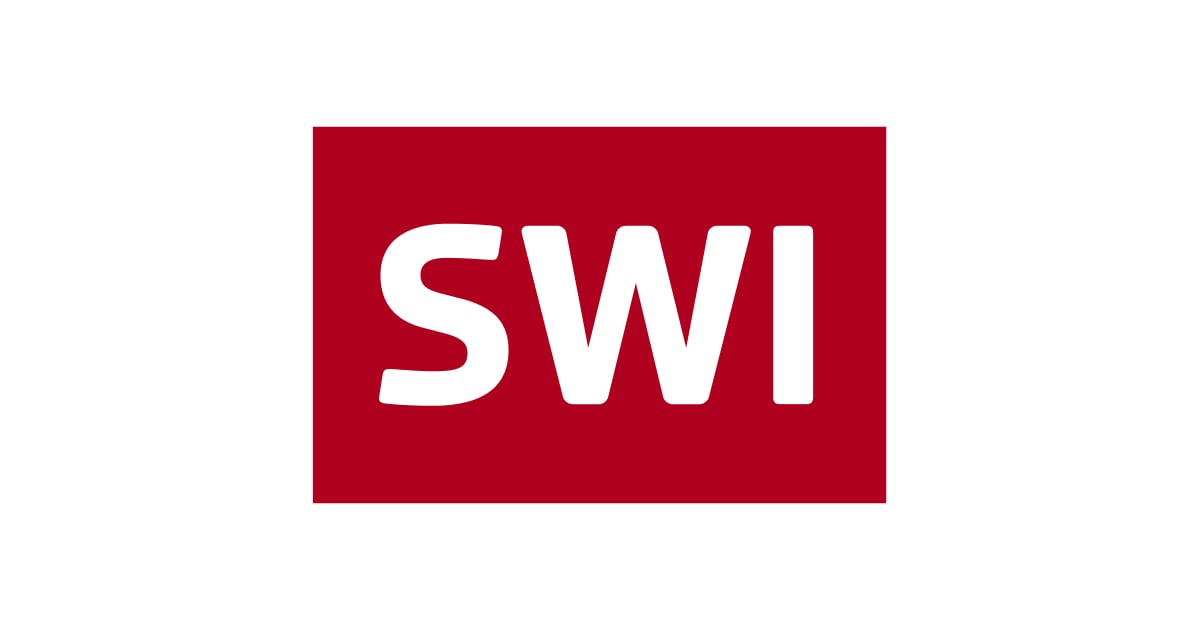Costs dominate health insurance debate

Supporters and opponents of a single health insurance company - to come to a nationwide vote next Sunday - are at odds over the financial impact of the proposal.
The initiative, backed by the political centre-left but opposed by the government and business world, wants parliament to determine the funding model. But costs have become a sore point.
In 2003 voters rejected a plan for health insurance to be funded by a rise in VAT with premiums set according to income and wealth. This would have replaced the current system of obligatory private health insurance as offered by 87 firms.
Mindful of this, the authors of this latest initiative were careful to leave the financing issue to parliament. The only requirement is that premiums are set according to a person’s “economic capacity”.
“The vote is about deciding on a radical change to the basic insurance, not about voting for a precise financial model,” Hans-Jürg Fehr, president of the centre-left Social Democratic Party, has said.
But this has led to some uncertainty about the sums involved – a situation that santésuisse, the umbrella organisation of Swiss health insurers, has been quick to exploit.
It has drawn up its own financing model, which shows that the middle class is most likely to lose out under the single insurance plan.
Experts say that the middle classes are already penalised under the current system, as they do not qualify for reductions and are not wealthy enough to brush off the high costs of premiums.
Earlier this year, santésuisse put its model online on the Comparis website, a comparison service which, among other things, allows the public to compare health insurance prices.
Hypotheses
Santésuisse based its model on several hypotheses. The first was that there would be no premium rise for those on an income of more than SFr120,000 ($96,000) – to avoid health insurance acting as a form of tax on the rich. The lower limit for paying premiums was set at SFr20,000.
According to santésuisse, the new system would be mostly funded by people with incomes in between these two sums – basically the middle classes.
Secondly, it projected that costs assumed by basic health insurance would rise by ten per cent because savings options, such as excesses, would no longer be available under a single insurance.
An excess is what an insured person decides to pay for health services before the insurance reimburses. The higher the excess, the lower the monthly premium – and the less paid out by insurers.
Santésuisse’s move caused temperatures to run high among the initiative’s supporters on the left. Whereas the Green Party wanted to keep income-based premiums, the Social Democrats drew up a model that increased the number of people eligible for premium reductions (60 per cent compared with the current 30 per cent).
Financing would come from a three per cent rise on premiums for those with incomes above SFr100,000, with no top limit. This would bring in an estimated SFr1.2 billion a year, said the party. Excesses would still be valid.

More
People’s initiative
Resistance
The party also called on the government and cantons to stop tax cuts and to use up budgets already allocated for reducing insurance premiums for those on lower incomes.
An additional SFr500 million would come from the lower administration costs arising from a single health insurance, it added.
After some resistance, the supporters of the initiative finally put their figures on Comparis as well. The public can now consult both models, but with rather different results.
According to santésuisse, a family of four from Lausanne with a taxable income of SFr90,000 would pay SFr100-SFr200 more per month. But the initiative’s model claims the same family would save around SFr300.
The differences become even larger for incomes of SFr100,000-SFr120,000.
swissinfo
The “For a single and social health insurance” initiative is calling for a single health insurance company to replace the current 87 firms.
It was launched in 2004 by a family association and has been signed by 111,154 people.
It is backed by the political left, trade unions and some doctors associations.
Those against are the government, a majority of parliament, the business community, health insurers and the parties on the centre-right and right.
Unlike many other European countries, health insurance premiums in Switzerland are not calculated on a wealth and income basis.
The government has nevertheless given the cantons some funding to help reduce premiums for those on low incomes (30% of those insured).
In Switzerland the law obliges every resident to take out basic health care insurance. The insurance is private and a choice can be made from 87 companies.

In compliance with the JTI standards
More: SWI swissinfo.ch certified by the Journalism Trust Initiative











You can find an overview of ongoing debates with our journalists here . Please join us!
If you want to start a conversation about a topic raised in this article or want to report factual errors, email us at english@swissinfo.ch.